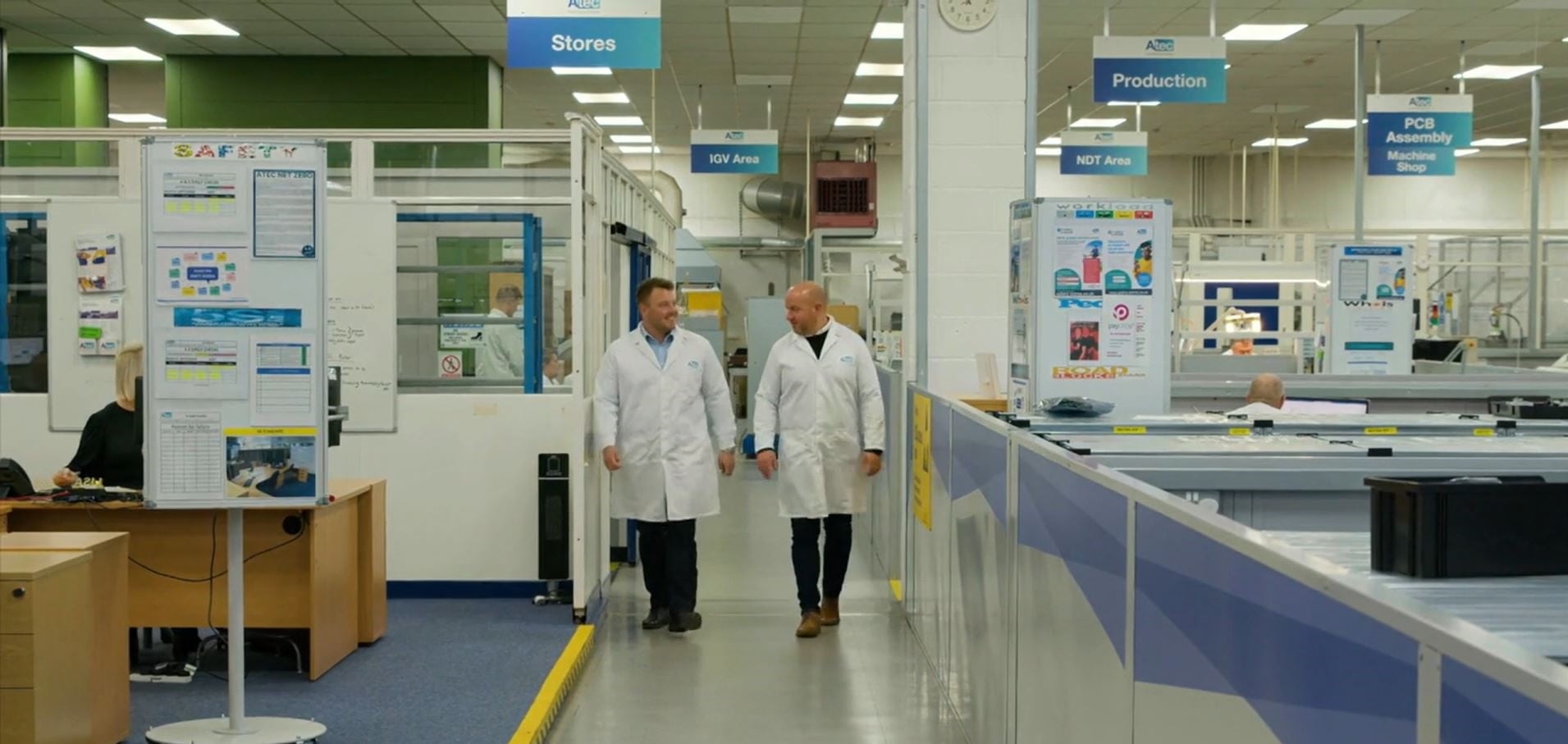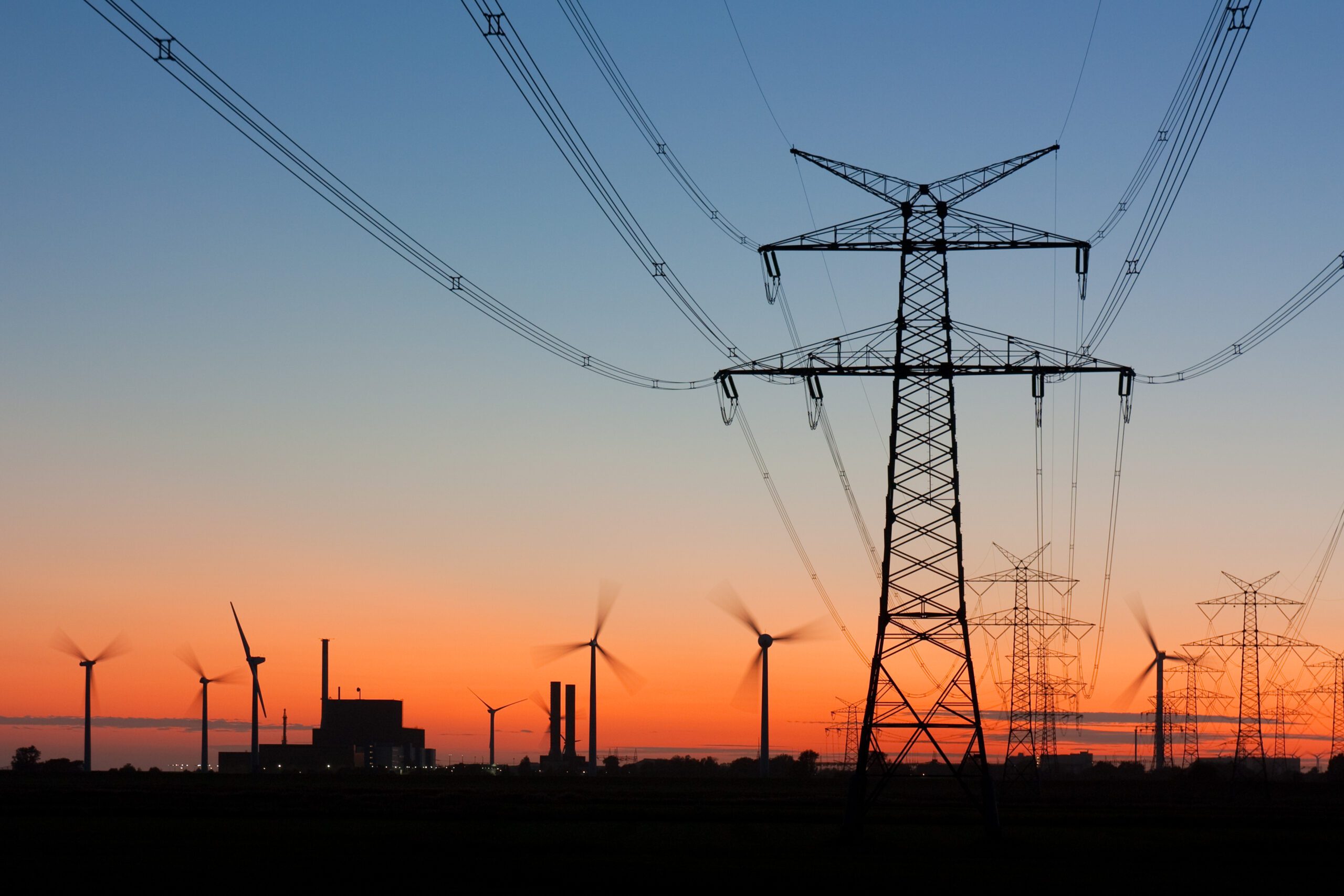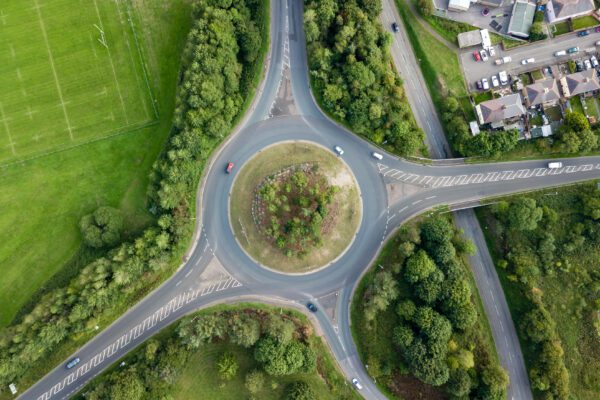
Spotlight on… The Targeted Charging Review (TCR)
Please note: The information in this article is dated 2019 and Ofgem has released further updates to the Targeted Charging Review (TCR) and Triad avoidance since this time. Updates for 2023 are summarised in this article here: Targeted Charging Review (TCR) Upcoming Changes for 2023. Updated Friday 6th September 2019 In November 2018, Ofgem released […]
Please note: The information in this article is dated 2019 and Ofgem has released further updates to the Targeted Charging Review (TCR) and Triad avoidance since this time. Updates for 2023 are summarised in this article here: Targeted Charging Review (TCR) Upcoming Changes for 2023.
Updated Friday 6th September 2019
In November 2018, Ofgem released its Targeted Charging Review (TCR) outlining its plans to reform the residual element of transmission and distribution network charges and summarising the different options it was considering to achieve this.
At the heart of the review is the desire to create a level playing field: those businesses with greater flexibility to shift their consumption away from ‘peak’ charging periods often pay lower residual network charges than other less flexible users, which Ofgem deems to be unfair. It believes the net value of the reforms to end users will be £4.8 billion by 2040, although those businesses currently benefiting from load management may find their network charges bill rises significantly once the reforms come into effect by 2023.
To date, Ofgem has consulted with industry on its plans, published multiple pieces of analysis and shared a ‘minded-to’ decision for roll-out from as early as April 2021. But what do the changes mean for businesses and who will be impacted?
The end of Triads?
Under the current rules, the residual element of network charges is recovered through a consumption-based model: businesses are charged more or less depending on how much they use during specific periods when demand is typically highest on the system. For distribution charges (DUoS), businesses pay more for energy used during red or amber periods compared to green off-peak periods. For transmission charges (TNUoS), the amount of energy consumed during the three half hourly periods where demand is highest during winter months (Triads) is used to determine how much businesses will pay for the coming financial year.
Of course, many businesses manage to avoid high charges by shifting their consumption away from peak times. This does mean that those with less flexibility incur higher costs than those who can manage their load more effectively, but it also helps to reduce the strain on the system: the impact of Triad avoidance can reduce demand by up to 2GW during peak periods, avoiding the need to procure costly extra capacity at short notice (often from fossil fuel plants) to keep the system balanced.
A switch to fixed
Ofgem is minded to switch the residual element to a fixed charge approach, meaning businesses will no longer be able to use their flexibility or switch to behind-the-meter generation to avoid peak charges. Most of these organisations will see their energy bills rise under the new arrangements.
In their November 2018 minded-to document, Ofgem proposed that the fixed charge would be based on the market segment a business operates within. Each individual supply point would be allocated to a segment based on its line loss factor class, which would be the same class system used to calculate a business’ Distribution Use of System (DUoS) charge. They suggested that residual costs could be recovered as a fixed rate per user, based on the segment or Line Loss Factor Class of that supply point.
As the majority of respondents to the minded-to consultation supported fixed charges, it’s highly likely that this will be the approach Ofgem pursues in their final decision. However, some respondents raised concerns around how businesses will be segmented, which led Ofgem to consider defining the businesses’ segments based on their voltage level, rather than their line-loss factor class.
They have now put forward a refined proposal, with plans to set segment boundaries according to agreed capacity levels for users at higher voltages, and by net volume levels for those at lower voltage. Ofgem has opened a new consultation around these refinements, which is open until 25th September 2019 – you can email [email protected] to have your say.
Top tip: businesses should act now to ensure their Agreed Supply Capacity is correct to avoid paying higher costs for DUoS now and higher charges once TCR comes into force.
Two winters to prepare
Ofgem is due to publish their final decision on TCR in autumn 2019 which will confirm the final methodology and when the changes will come into force.
However, it has already confirmed that the earliest date to introduce the new charges will be April 2021 and it is considering postponing the start-date back to April 2023 to bring TCR in line with other planned changes being considered under the Significant Code Review (SCR).
Those businesses with flexibility to shift consumption away from peak periods should continue to do so for the next two winters, helping to keep charges to a minimum. Reducing winter peak demand will also help businesses to avoid high Capacity Market charges as the mechanism also calculates charges based on weekday peak consumption between 16.00 – 19.00, November to February.
The switch to fixed charges could have a big impact on the bottom line of large businesses and it would pay to take steps now to address how to mitigate this.
Energy efficiency should become a key focus for all organisations – the only way to reduce charges is through an absolute reduction in energy usage. ESOS Phase 2 has come at a good time: by December 2019, all eligible organisations will receive an updated list of measures to reduce consumption. Taking action now to implement recommendations and drive down consumption will help to counter the impact of rising residual charges as well as drive down cost and carbon emissions. Such action will also be reported upon in annual financial reports through the Streamlined Energy and Carbon Reporting (SECR) framework, helping businesses to build a strong narrative around energy efficiency efforts.
How to prepare
- Understand what the impact of fixed charges will be on your business: Inspired Energy’s data analysts can help to forecast the impact of TCR and recommend action to mitigate it.
- Check your Agreed Supply Capacity:this could help to save money immediately as well as ensure your business doesn’t pay more than you should for your energy once TCR is introduced.
- Focus on energy efficiency: absolute reduction is the best way to mitigate the impact of TCR on your organisation. Use the data and recommendations gathered through ESOS to help identify the right course of action for your business.
- Consider on-site generation: TCR may strengthen the business case for the installation of on-site renewables to reduce the amount of electricity taken from the Grid. Inspired Energy’s optimisation team can help to identify the most commercially viable solution for your business.
- Avoid paying unnecessary costs through a full review of your current charges: An Agreed Supply Capacity (ASC) Review ensures your business is charged correctly according the capacity you require from the network. It pays to work with an expert to review this, to consider future needs as well as current capacity requirements. Similarly, checking that your Line Loss Factor class is correct could be invaluable. This is a very specific element to review but can be considered as part of a wider Revenue Recovery Audit, using a comprehensive database of charging methodologies to ensure that all the various elements of your electricity bill is correct. In addition to avoiding future charges, refund opportunities can be pursued as far back as six years.
If you’re looking to find out more about how TCR could affect your business, and what you should do now to avoid price rises in the future it’s time to get in touch.
Whether you’re considering reviewing your business’ Line Loss Factor class, Agreed Supply Capacity and any other element of network charging or simply looking to reduce your energy consumption our optimisation experts can help, call 01772 680250 or email [email protected].










